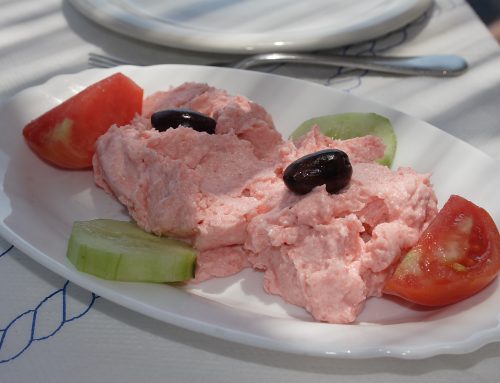For some households, especially those with small children, keeping a gallon of milk in the fridge long enough for it to spoil is laughably unthinkable. But for those of us who use milk more sporadically—a glass here, a splash for cereal there, a bit for baking later—it’s easy to overestimate the amount of dairy you need before the expiration date. That is, unless you plan ahead and buy organic milk, which is often dated to last up to a month unopened, instead of the normal week to 10 days.
Of course, sell-by and expiration dates are already questionably accurate, at best. But if you’ve noticed that discrepancy on the dairy shelves, then you might have assumed that the milk’s organic title is what keeps it fresh for longer. The milk being organic, however, has nothing to do with it. Instead, the explanation lies in the way the milk is processed.
When regular milk undergoes pasteurization, it’s heated to around 160 degrees for 15 seconds. That process, called High Temperature, Short Time (HTST) kills off most of the organisms and bacteria in milk that could make people sick, according to Carmen I. Moraru, a food science associate professor at Cornell University who spoke with The New York Times. Organic milk, however, is ultra-pasteurized; it goes through a process called ultrahigh temperature (UHT), where the milk is heated to 280 degrees for two seconds, long enough to kill off both the harmful bacteria in regular milk and any other microorganisms or spores that might promote spoilage.
Regular milk can undergo UHT, and if you’re lucky, you might find a non-organic UHT brand lurking in your local stores. But for the most part, the process is used by organic dairy farmers so that their products can more easily be distributed, according to Scientific American. Since there aren’t that many organic dairy farms, producers need to ensure that gallons are able to reach customers throughout the country without spoiling first.
Technically, milk treated with the UHT process doesn’t need to be refrigerated to stay fresh; it can even stay shelf-stable for up to six months, according to The New Republic. In countries throughout Europe and South America, you’ll find unrefrigerated UHT milk in cardboard cartons more easily than you’ll find the gallons we’re used to here. Arguably, it’s a much better option for the environment because it ensures that dairies are able to sell more of the milk they produce. But in the United States, most consumers demand fresh milk, so shelf-stable variations are a little hard to find.
If you decide to try UHT milk, whether organic or not, you might notice that it tastes a little bit different than milk that’s undergone normal pasteurization. That’s because some of the sugars in the milk caramelize during the UHT process, making the milk a bit sweeter. UHT pasteurization also kills off some of the vitamins normally found in milk, like folate, but not to a nutritionally significant degree. Still, if you’re looking for milk that lasts a little longer, and you don’t mind a touch of extra sweetness and a little less Vitamin B, then it may be worth considering picking up a gallon or two.
Source: Food & Wine





